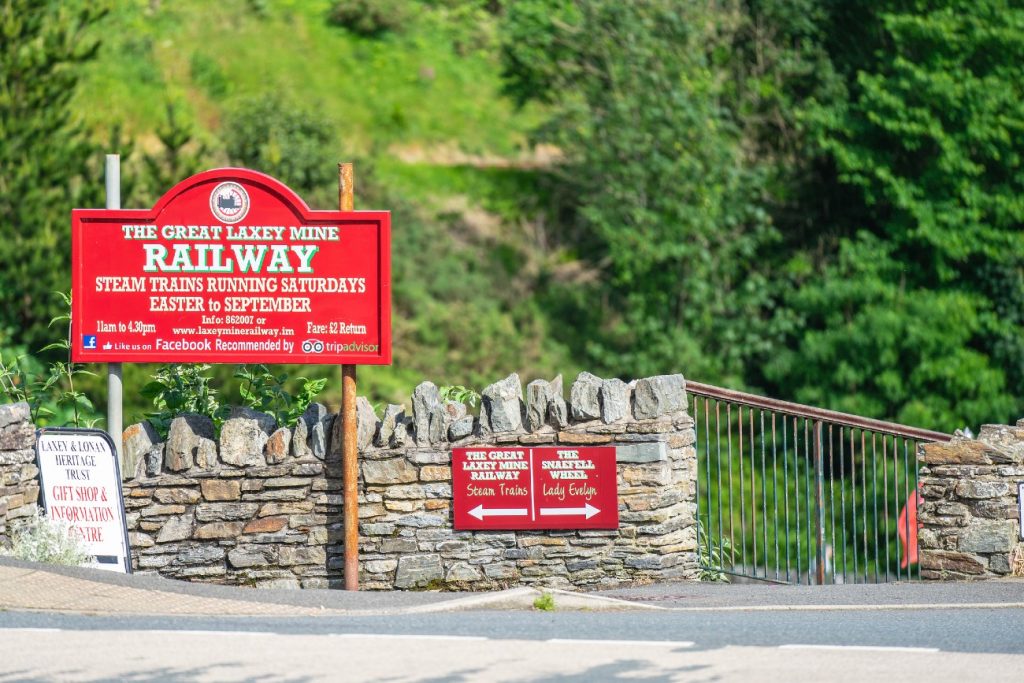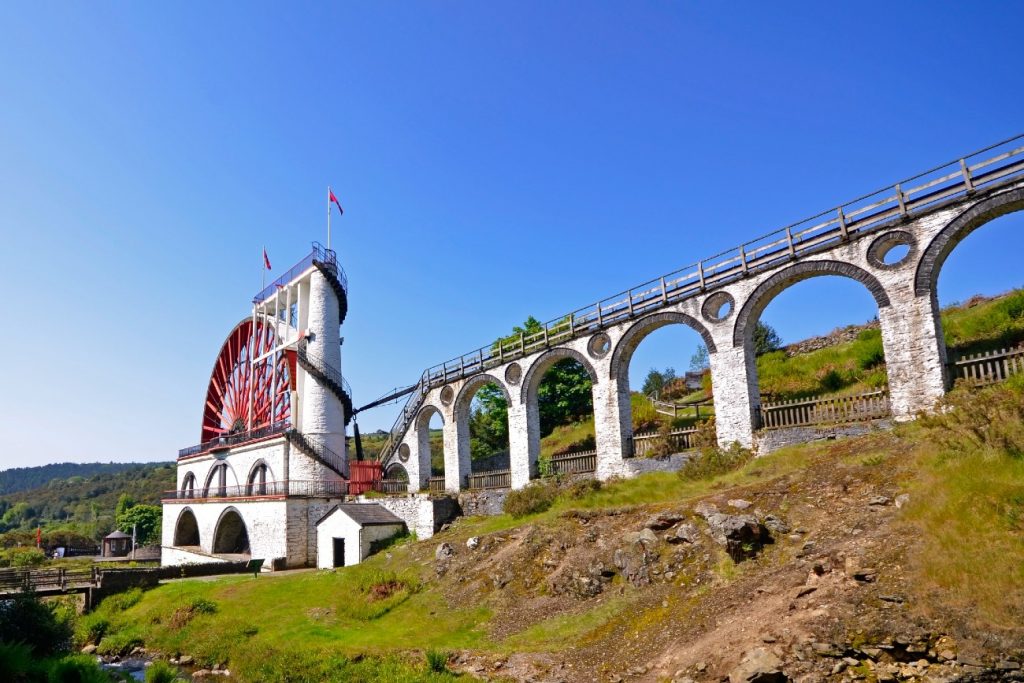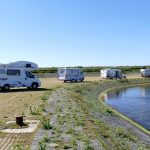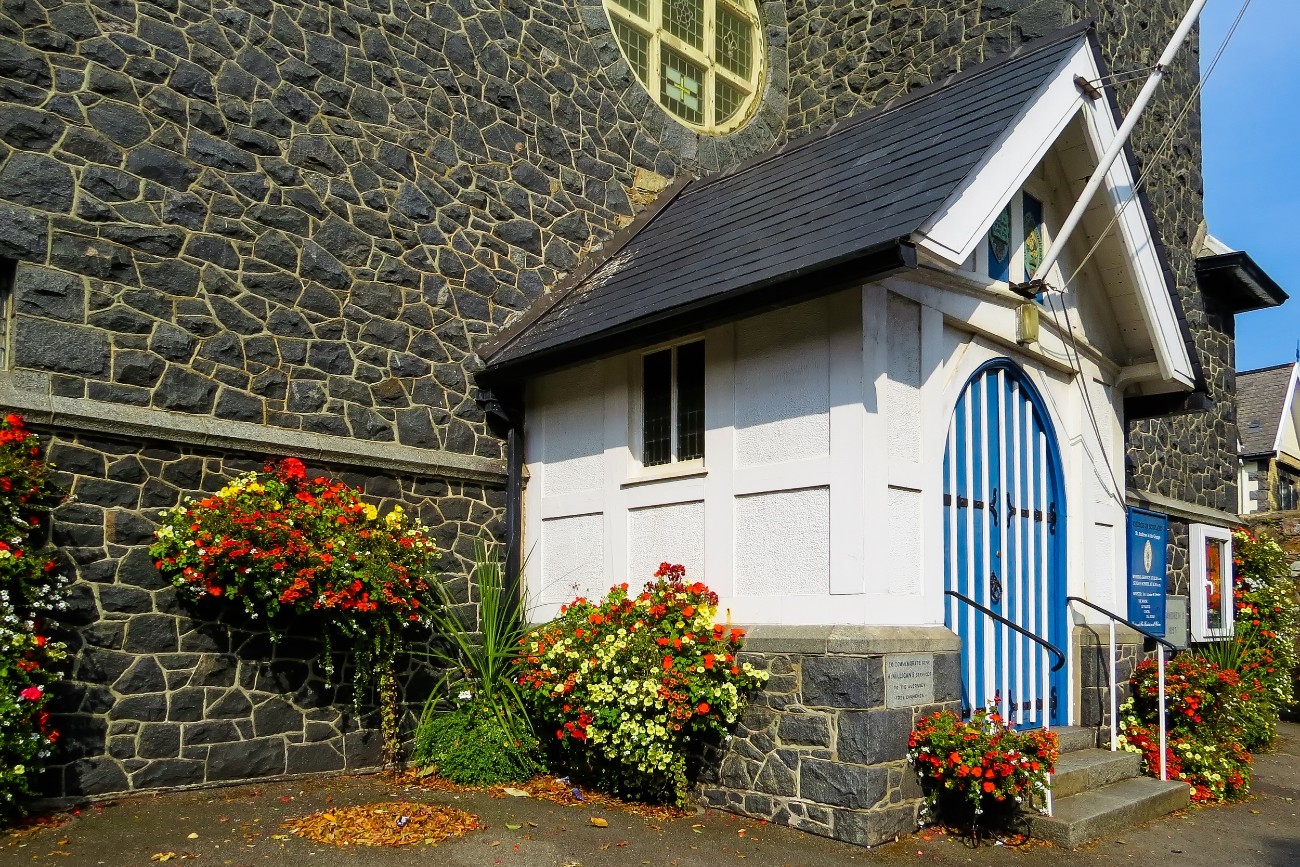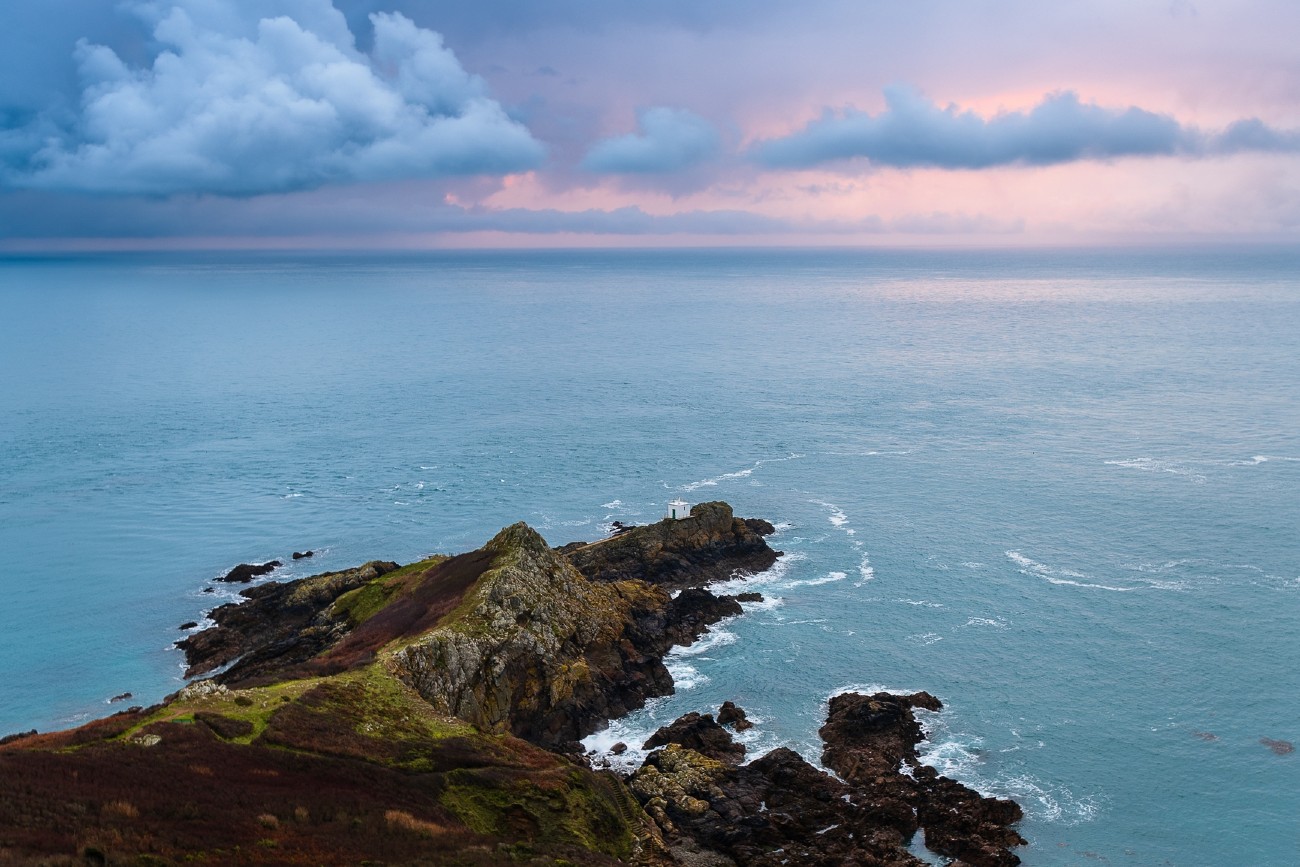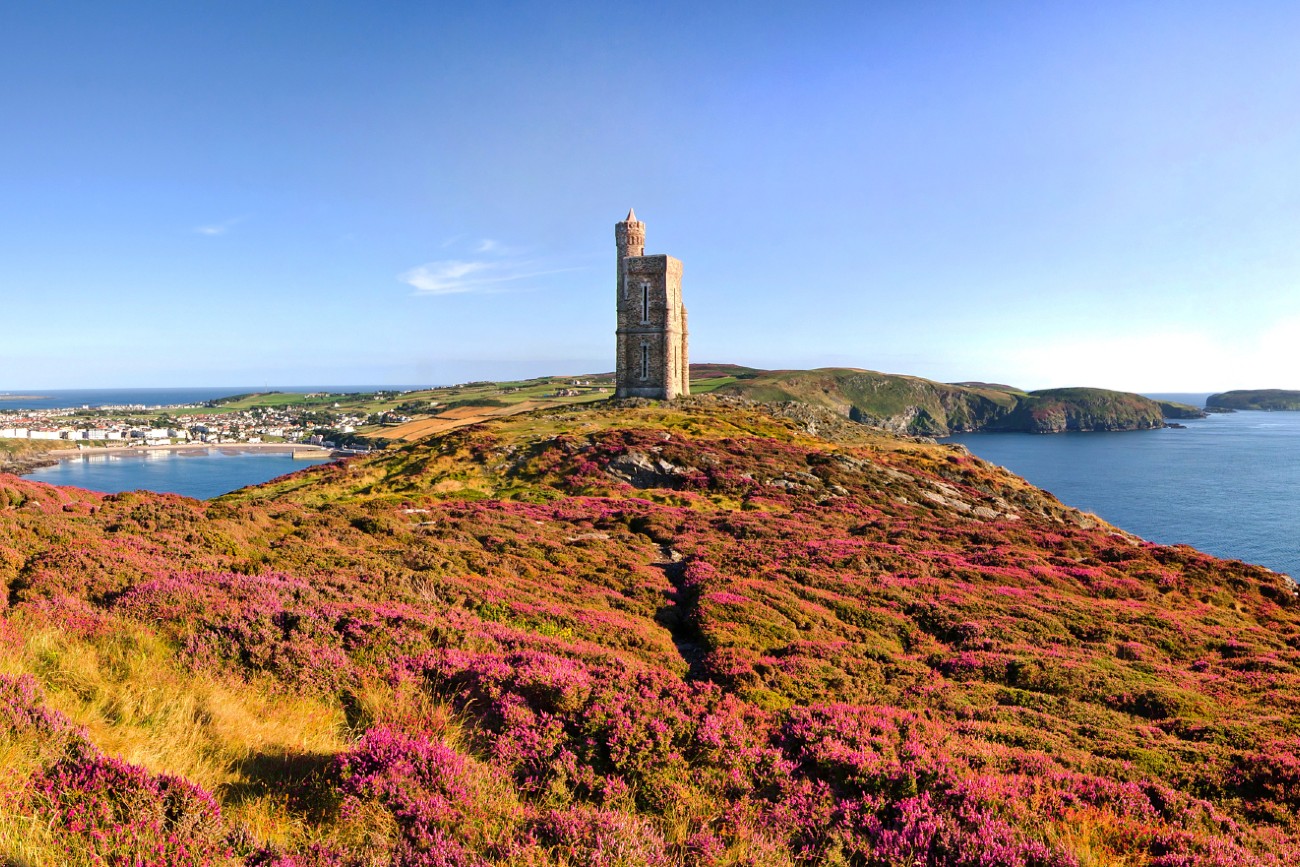
The Isle of Man is a British island situated between Ireland and Great Britain at approximately equidistant distances. It is about 14 miles wide, 32 miles long and 220 square miles. It is considered one of the six Celtic nations. It has been home to everything from Irish missionaries to conquerors from neighbouring Scotland and England. Not to mention the years it was Viking territory.
However, it has always managed to maintain its independent character, even today. Today, the Isle of Man is a territory where the Queen of England is the Lady of Man, but it is not part of the United Kingdom (like the Channel Islands). It is independent and does not belong to the European Union either. Although dependent on the British Crown, the Isle of Man has a special status and does not belong to the United Kingdom or the European Community.
It has its own laws, government and parliament. Their currency is the Manx pound and has parity with the British pound, which they accept without any problem anywhere.
It has about 80,000 inhabitants, about half of whom live in the capital Douglas and its neighbouring town Onchan. There are 9 main towns are: Castletown, Port Erin, Port St Mary, Peel, St Johns, Ramsey, Laxey, Onchan and Douglas. Except for the last two, none of them is too big and the average will be around 5,000 inhabitants.
Climate
The Isle of Man’s climate is oceanic, cool and wet all year round. The average temperature ranges from 5.5 °C in February to 15.5 °C in August. Winter, from December to February, is quite cold: temperatures are not so low, but humidity and wind can increase the feeling of cold. The sky is often overcast and rain is frequent.
In some cases, more intense depressions can cause windstorms. Snowfalls are relatively rare and not abundant (at least at sea level).
In spring, from March to May, temperatures rise slowly and the flow of disturbances in the Atlantic continues more or less as in the rest of the year, even if it is a little less intense than in winter. In May, it is often still quite cold, especially in the first half of the month.
The summer, from June to August, is cool, wet and cloudy, with fairly frequent rainfall. Sunny days, or at least completely clear from dawn to dusk, are quite rare. It’s rarely hot: the temperature may not reach 25 degrees for an entire summer.
Autumn, from September to November, is grey, cloudy and rainy like the rest of the year, and is getting colder. In November, the wind often blows moderately or strongly.
The best time to visit the Isle of Man is from mid-May to mid-September; May and June are cooler, but relatively sunnier. July and August are the hottest or least cool months; however, we recommend a jacket, sweatshirt and jumper even in the middle of summer.
Douglas
Douglas is the capital, port and municipality of the Isle of Man, one of the British Isles in the Irish Sea. The city is located on the east coast of the island, at the mouth of two rivers: the Dhoo and the Glass, which mean ‘dark’ and ‘light’ in Manx, a Celtic language specific to the island.
The city took its name from the rivers. Of particular note are the Tower of Refuge which was built in 1832 to house shipwrecked sailors on the dangerous Conister rock, near the entrance to the port of Dhoo, and the National Museum of Manx which has a collection dedicated to the archaeology and natural history of the island. Surrounded by low hills, Douglas is a busy summer resort.
This city is quite bustling and the financial and business sectors stand out. It also has a lot of restaurants and shops surrounded by Victorian and traditional houses. You will also find many bars and leisure areas, as well as many heritage sites.
What to see in the Douglas
- Manx Museum
- Douglas Promenade Gardens
- Best Western Hotel Palace Casino
- Summerhill Garden
- Onchan Park
- Nobles Park
Where to stay in Douglas
- Empress Hotel
- Hydro Hotel
- Welbeck Hotel
- Mannin Hotel
- Claremont Hotel
- Hotel Halvard
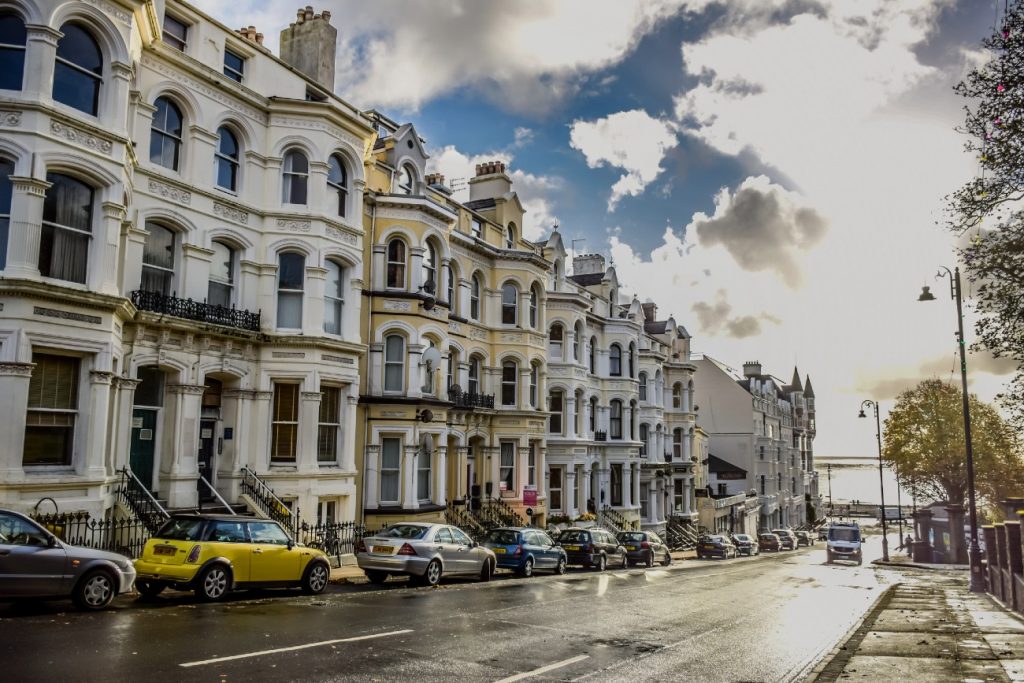
Douglas, Isle of Man
Ramsey
Ramsey is a village in the north of the island and is the second largest village on the island after Douglas and it’s the sunniest of the island! Ramsey’s port is one of the largest on the island, and an important dock, sometimes called “Queen’s Wharf”. Ramsey served as the main centre of communication with Scotland for several centuries. The town is known by the nickname “Royal Ramsey”, after visits by Queen Victoria and Prince Albert in 1847, followed by King Edward VII and Queen Alexandra in 1907.
What to see in the Ramsey
- Ramsey Hairpin
- Ramsey Bay and Beach
- Snaefell Mountain
- Milntown State and Gardens
- Grove Museum
- Mooragh Lake Park
Where to stay in Ramsey
- Ramsey Park Hotel
- The Sulby Glen
- At Cedar Lodge
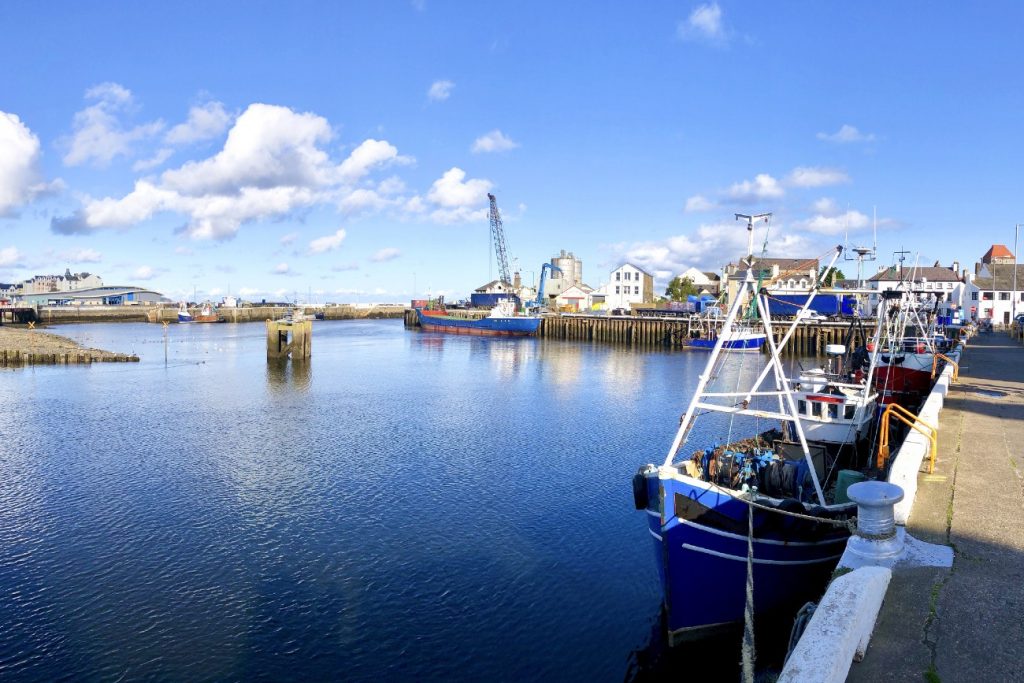
Ramsey Isle of Man docks and pier
Peel
Peel is a village on the Isle of Man that is also called “Sunset City”. Peel is sometimes referred to as the only town on the island, as it is the location of the island’s cathedral. It is the third largest town on the island, after Douglas and Ramsey, and is the fourth largest town by extension. The population of Peel is around 4 280.
At night in Peel, you can’t miss the evening shows at the foot of the castle. Peel is a mixture of Viking culture, bishops and fishermen.
What to see in the Peel
- Peel Bay
- House of Manannan
- Green Hillside
- Peel Castle
- Glen Maye National Glen
Where to stay in Peel
- Marina House
- Waldick Guest House
- Puffin Cottage
- Magnolia Lodge At Sunset Lake
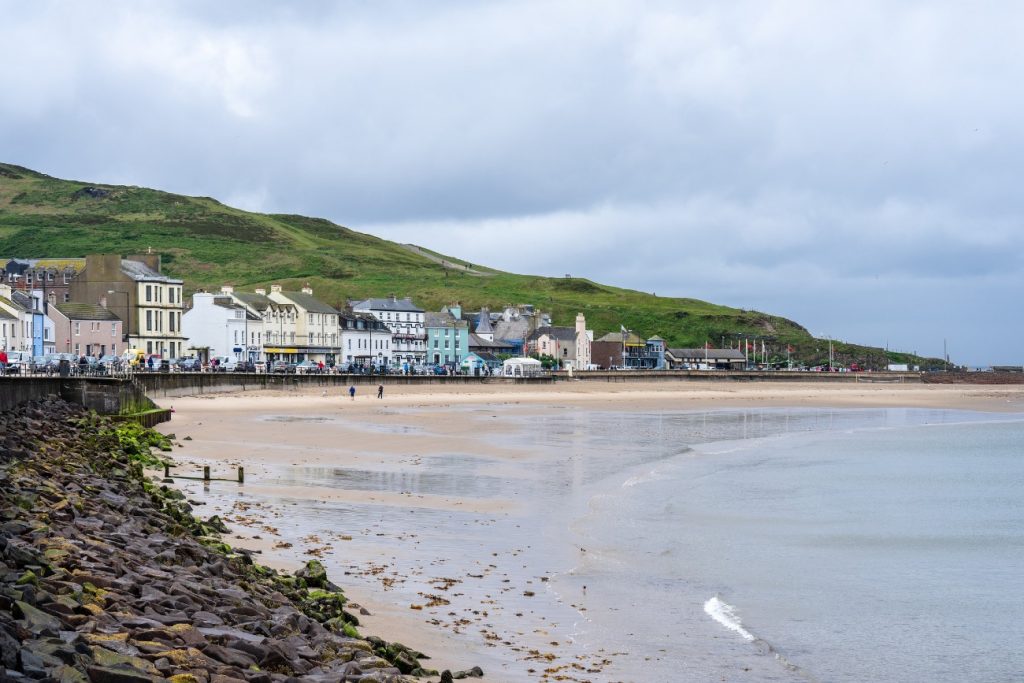
Peel, Isle of Man
Castletown
In the south of the island is Castletown, a small town which was the capital of the island until 1863 when Douglas was declared the new capital of the Isle of Man. It is a picturesque town with historic buildings, beautiful harbour and one of the most well-preserved medieval fortresses in Europe.
What to see in the Castletown
- Castle Rushen
- Railway Station
- The Old House of Keys
- Kirk Malew St. Lupus
- Nautical Museum
- The Old Grammar School
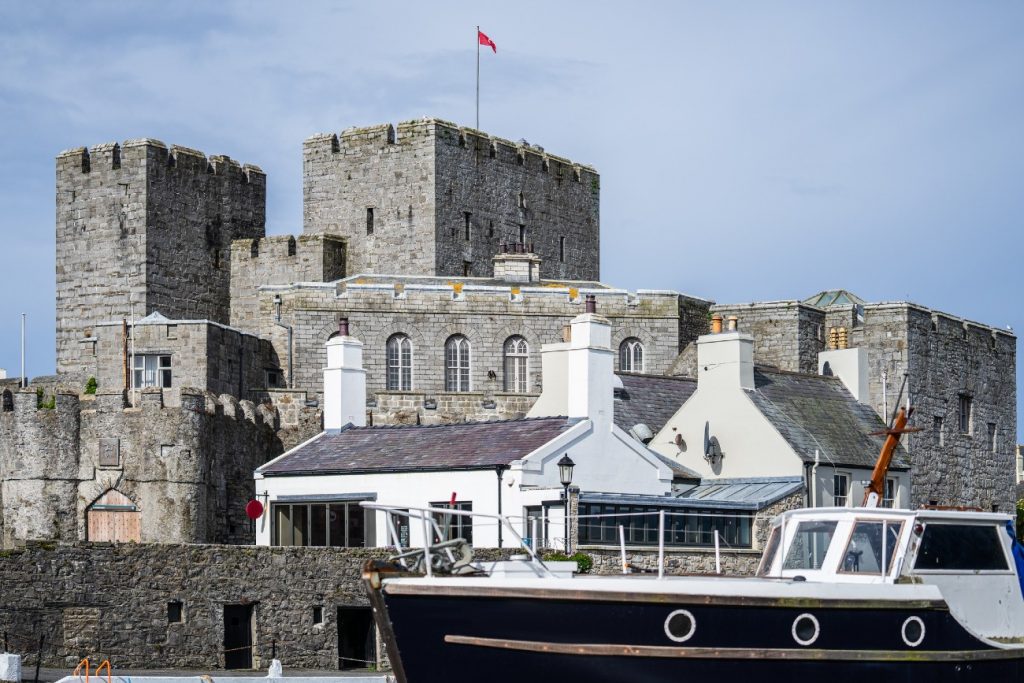
Castletown, Isle of Man
Laxey
Laxey is a Manx village in the Sheading of Garff in the east of the island. It is next to the A2 road and the river Laxey. Its name means “River of Salmon” in the ancient Norwegian language.
This town stands out for being one of the favourite ones to do trekking in the whole island, since there is a 620 meters ascent.
What to see in the Laxey
- The Great Laxey Wheel
- Lonan Old Church
- Salmon Lake Centre
- Snaefell mountain
- The Great Laxey Mine Railway
Where to stay in Laxey
- Laxey Campsite
- Laxey AFC Campsite
- Cronk Aash
- The Great Laxey Mine Railway, Isle of Man
- The Great Laxey Wheel, Isle of Man
Port Erin
Popular with visitors since the Victorian era, Port Erin sits within a beautiful secluded bay in the South of the Island. The village of Port Erin is home to an internationally acclaimed arts venue, the Erin Arts Centre which hosts ground-breaking music and opera programmes.
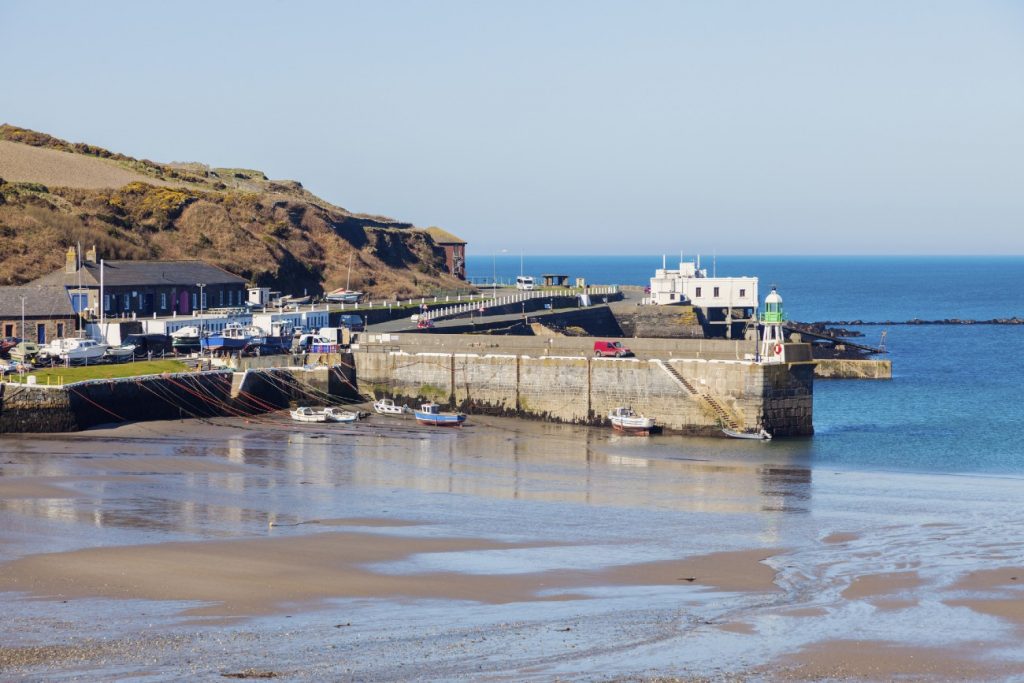
Port Erin on the Isle of Man
Port St Mary
The village of Port St Mary is in the South of the Island next to Port Erin and has a pretty, sandy, sheltered beach. Port St. Mary has a small, but busy yacht harbour with fishing and sailing boats regularly coming and going. This quiet village is home to the Sound and Cregneash and the beautiful chasms.
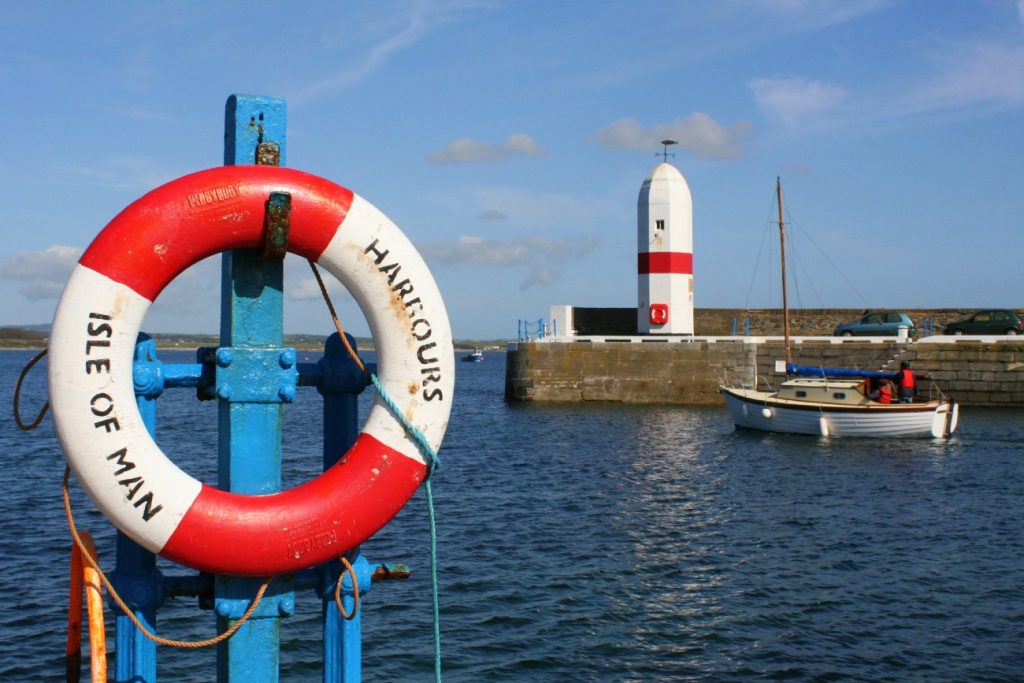
Port St. Mary, Isle of Man
Onchan
Onchan is the Island’s largest village and is located at the north of Douglas Bay next to the capital of Douglas. The village is home to beautiful homes, lovely cafes and shops.
6 tips for travelling to the Isle of Man
The island has ferries to Liverpool, and in summer to Belfast and Dublin. You are allowed to take vehicles on the ferry.
- The road network, although it is an island, is very well developed. In addition, there is no speed limit, so exercise caution.
- If you haven’t rented a vehicle or don’t have your own, don’t worry. You can take a train from town to town, but only during the spring and summer months.
- The island’s official currency is the Manx, which is practically the same as the British pound. You can also pay with pounds in any establishment, although here on the island they don’t charge you a commission for the change.
- There’s a famous Isle of Man race, the Isle of Man TT. It’s a race that’s held with motorbikes on roads closed to traffic and held against the clock. It is considered one of the most dangerous motorbike races. It is usually held at the end of May.
- Public transport has an extensive network of mega-buses that pass through the cities with very long timetables.
- Shopping enthusiasts should consider that shops close no later than 7:00 pm, even in big cities. The short working day is typical for many restaurants; they can close at 4:00 pm already. Final visitors are only welcome at various pubs and bars, which are usually located in the centre of large cities.
Explore the Isle of Man further! Read the following article: A Complete Coastal Experience – Scarlett Nature Trail


